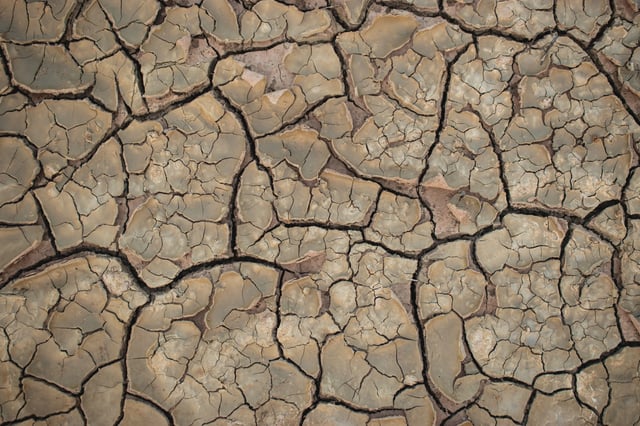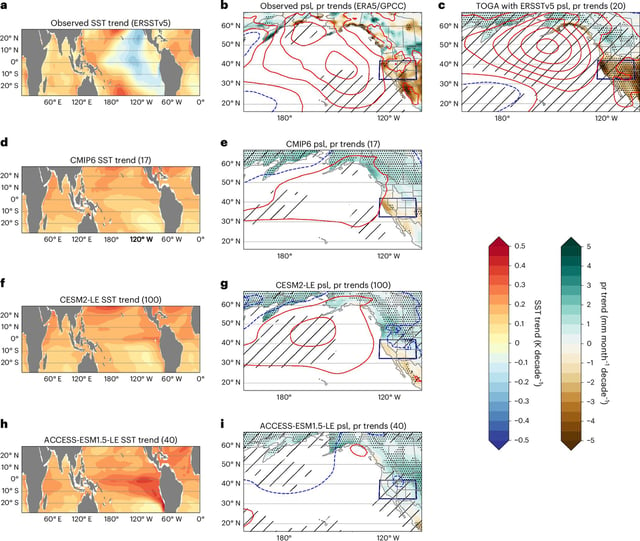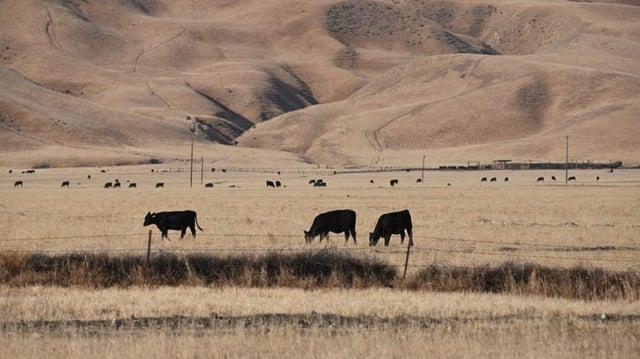Overview
- The Nature Geoscience study links persistent drought since about 1980 to the combined impact of greenhouse warming and anthropogenic aerosol pollution steering Pacific circulation toward drier patterns.
- Researchers developed bespoke climate models using satellite and statistical inputs to separate the roles of long-term warming and air-pollution effects on regional precipitation.
- Data reveal that soil moisture depleted faster during the post-1980 period than in any comparable stretch of decades past or projected, driven by higher temperatures and reduced rainfall.
- Simulated El Niño–like sea surface temperatures fail to boost Southwest rainfall because aerosol-and warming-altered teleconnections block typical wet-season signals.
- The study introduces targeted decision-support methods to help water managers plan for enduring aridity under scenarios where warming outpaces gains from reduced pollution.


